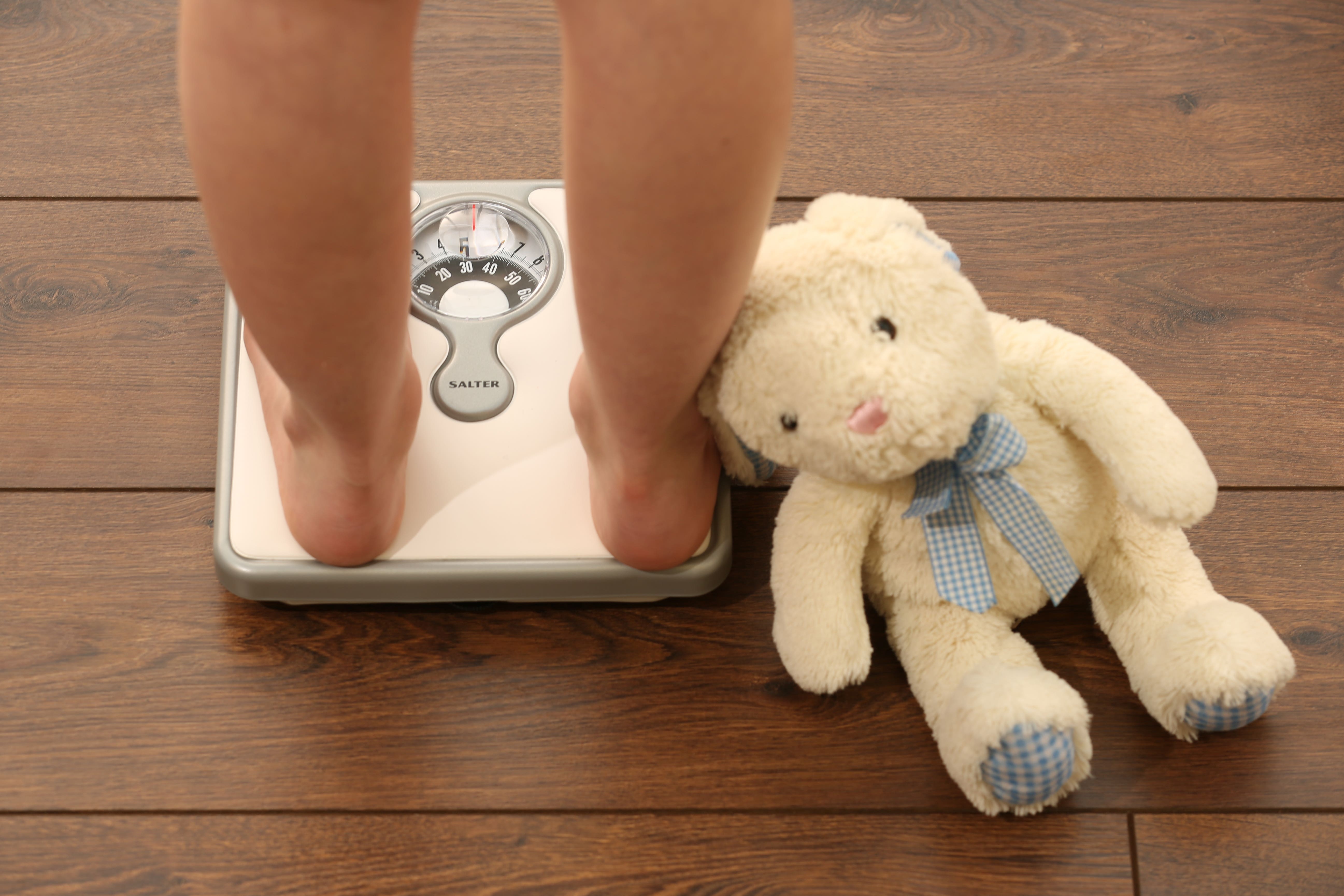Nearly a third of older primary school children in deprived areas are obese
Boys are more likely to be obese than girls, a report says.

Your support helps us to tell the story
From reproductive rights to climate change to Big Tech, The Independent is on the ground when the story is developing. Whether it's investigating the financials of Elon Musk's pro-Trump PAC or producing our latest documentary, 'The A Word', which shines a light on the American women fighting for reproductive rights, we know how important it is to parse out the facts from the messaging.
At such a critical moment in US history, we need reporters on the ground. Your donation allows us to keep sending journalists to speak to both sides of the story.
The Independent is trusted by Americans across the entire political spectrum. And unlike many other quality news outlets, we choose not to lock Americans out of our reporting and analysis with paywalls. We believe quality journalism should be available to everyone, paid for by those who can afford it.
Your support makes all the difference.Almost one in three children in their final year of primary school in deprived areas of England are obese, according to new data.
An NHS Digital report shows 31.3 per cent of year 6 children (aged 10 and 11) in deprived areas are obese – more than double the 13.5 per cent in the least deprived areas.
Across the whole of England, 23.4 per cent of children in year 6 are obese, of whom 5.8 per cent are severely obese.
A further 14.3 per cent are overweight, meaning almost four in 10 children aged 10 and 11 are overweight or obese in England.
Sandwell in the West Midlands was the local authority area with the highest level of obesity in year 6, with 33.7 per cent of children obese.
In contrast, Surrey in the southeast has 12.1 per cent of children with obesity in year 6.
When it comes to reception class (the first year of primary school, aged four and five), 10.1 per cent of youngsters are obese, of whom 2.9 per cent are severely obese.
A further 12.1 per cent are overweight, meaning more than one in five of all children in this age group are overweight or obese.
The overall data for England, which has been finalised after being initially published in July, shows however that there has been a drop in the last year in childhood obesity compared to high levels during the Covid pandemic.
The proportion of obese children in reception class had been relatively stable since 2006/07 but rose from 9.9 per cent in 2019/20 to 14.4 per cent in 2020/21 at the height of the pandemic.
This has dropped back to 10.1 per cent in 2021/22, which is just above pre-pandemic levels.
When it comes to year 6, obesity in children rose from 19 per cent in 2010/11 to 21 per cent in 2019/20 and then increased to 25.5 per cent in 2020/21.
This has also dropped back, to 23.4 per cent in 2021/22, but is 3.2 per cent higher than the pre-pandemic figure from 2018/19.
Tam Fry, chair of the National Obesity Forum, said: “Successive Conservative governments have consistently failed to tackle obesity and this is felt most in deprived areas.
“It is shocking that overcrowded areas in Midlands towns have nearly three times more obese children than towns in the leafy South.
“It is appalling that neither the re-instated health secretary, Steve Barclay, nor Therese Coffey in her time at the Department of Health uttered a word on how they planned to tackle obesity in general or the plight of children living in deprivation. ”
The NHS Digital report showed that boys are more likely to be obese than girls.
For example, in year 6, some 26.4 per cent of boys were obese compared to 20.4 per cent of girls.
In reception class, there was also double the obesity in the most deprived regions of England when compared to the wealthiest areas.
Some 13.6 per cent of reception children in deprived areas were obese, compared to 6.2 per cent of those living in the least deprived areas.